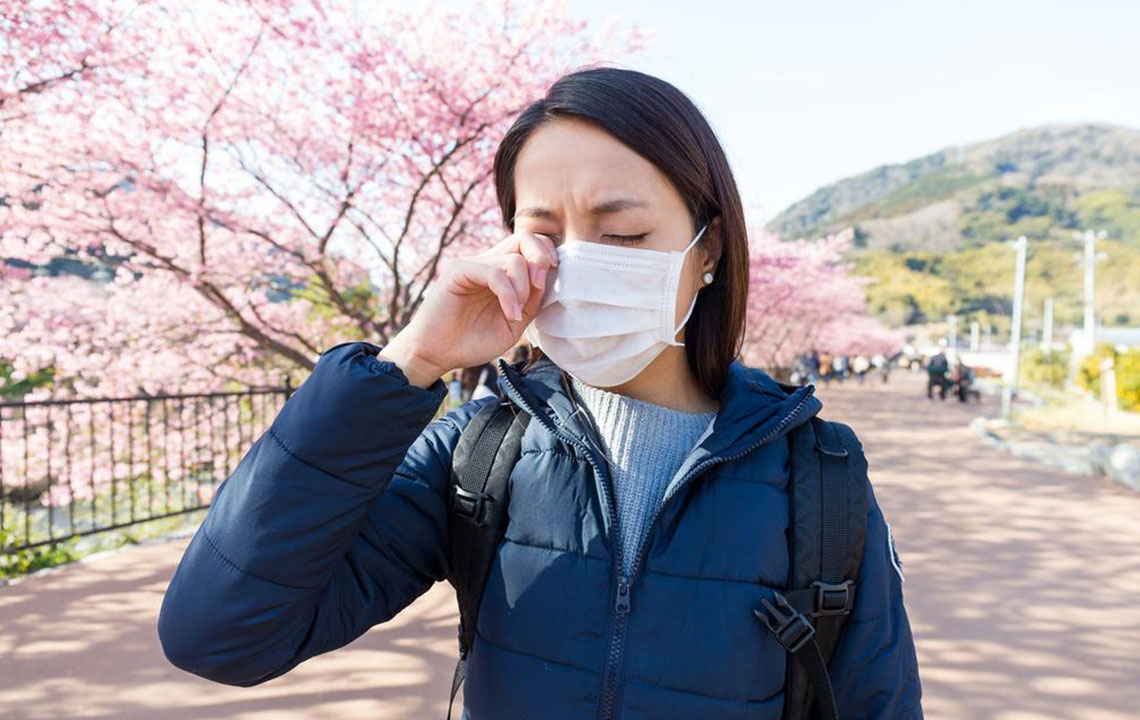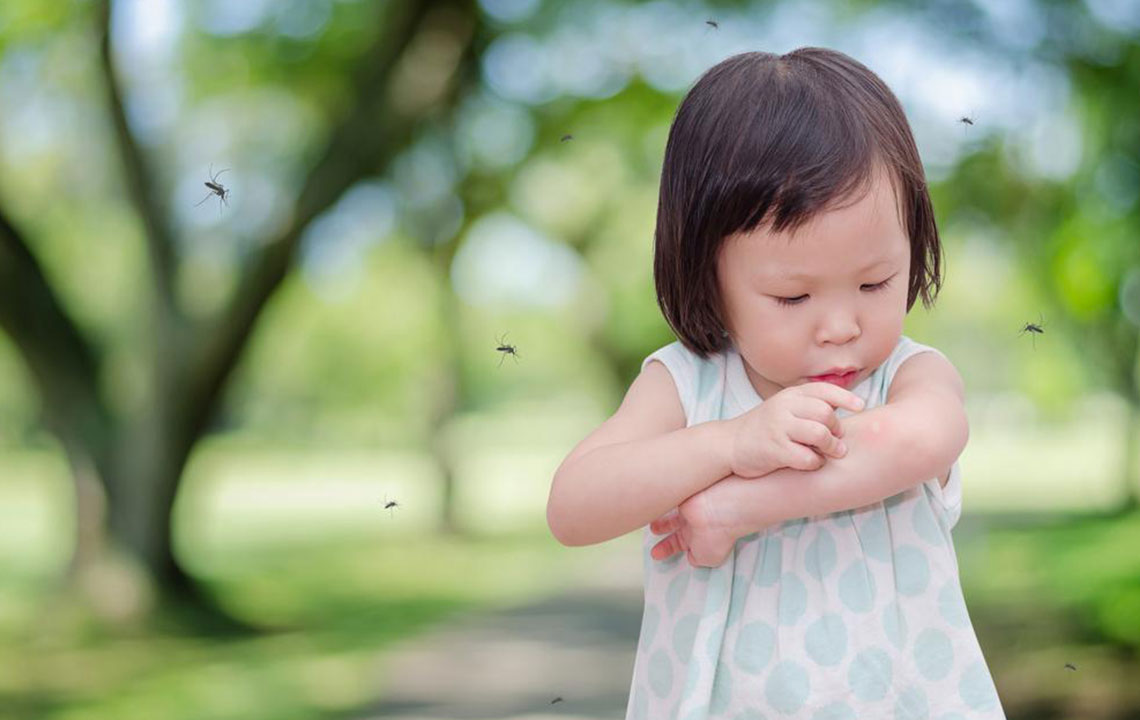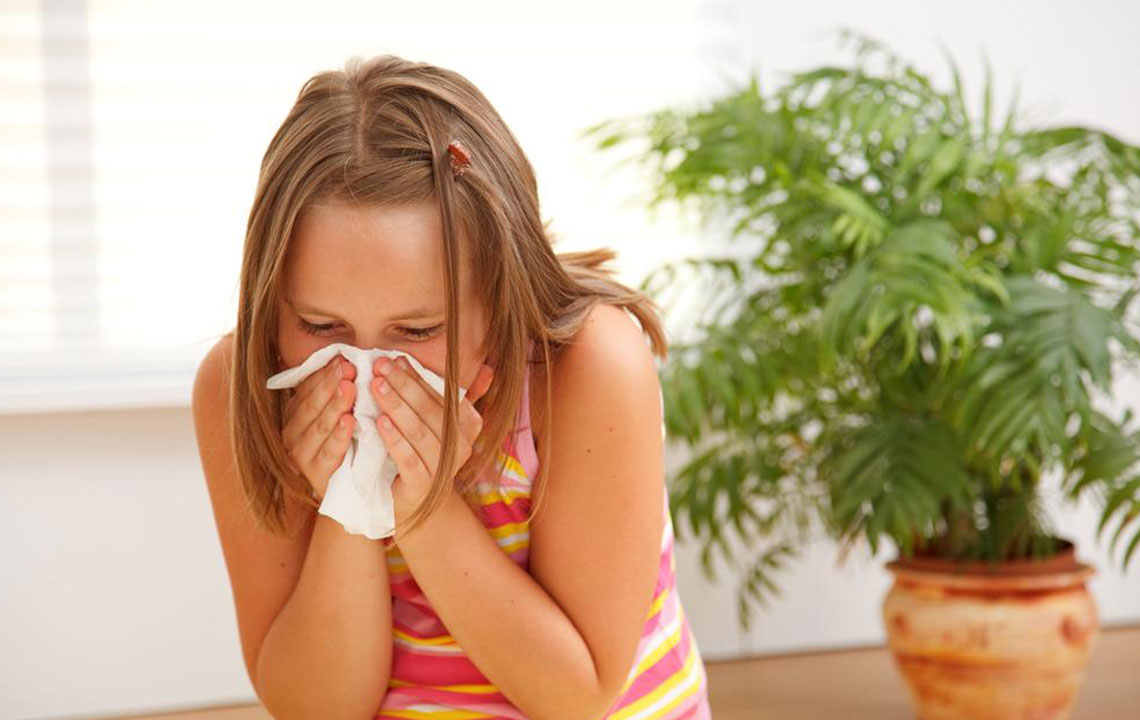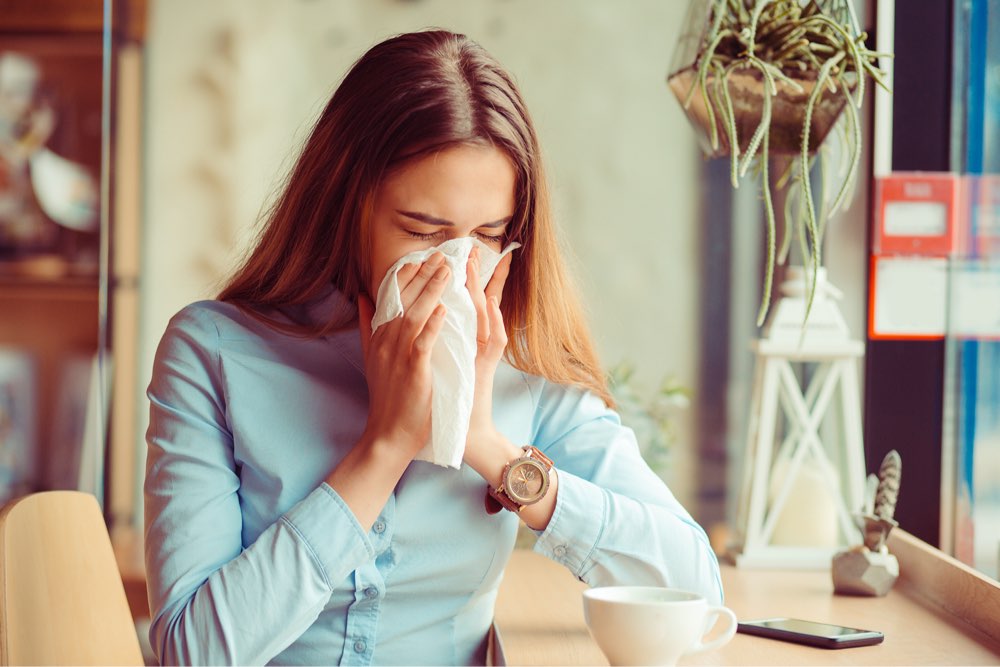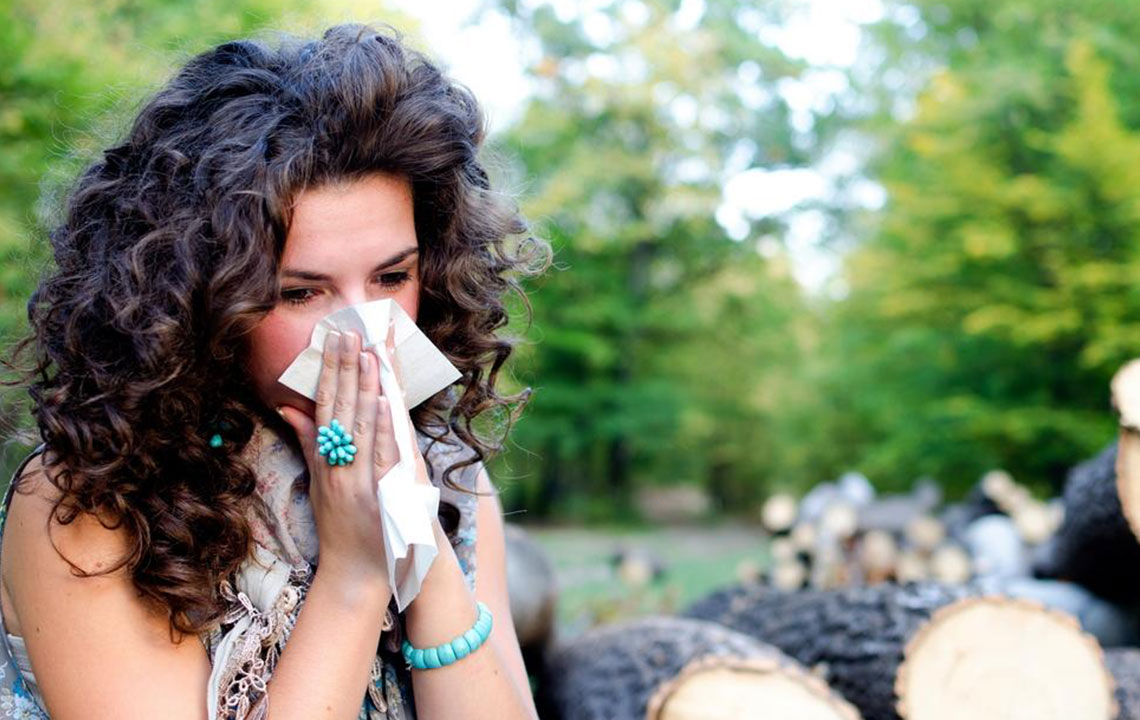Understanding Nighttime Allergies: Symptoms, Causes, and Effective Management Strategies
Nighttime allergies can disrupt sleep and cause discomfort through symptoms like nasal congestion, sinus inflammation, sneezing, and skin itchiness. Common triggers include dust mites, pollen, and pet dander. Effective management involves maintaining a clean environment, minimizing exposure to allergens, and consulting healthcare providers for personalized treatment. Early detection and proactive measures significantly improve sleep quality and daily functioning. This comprehensive guide provides insights into recognizing symptoms, identifying triggers, and adopting practical strategies to manage nocturnal allergies effectively, ensuring restful sleep and better health.
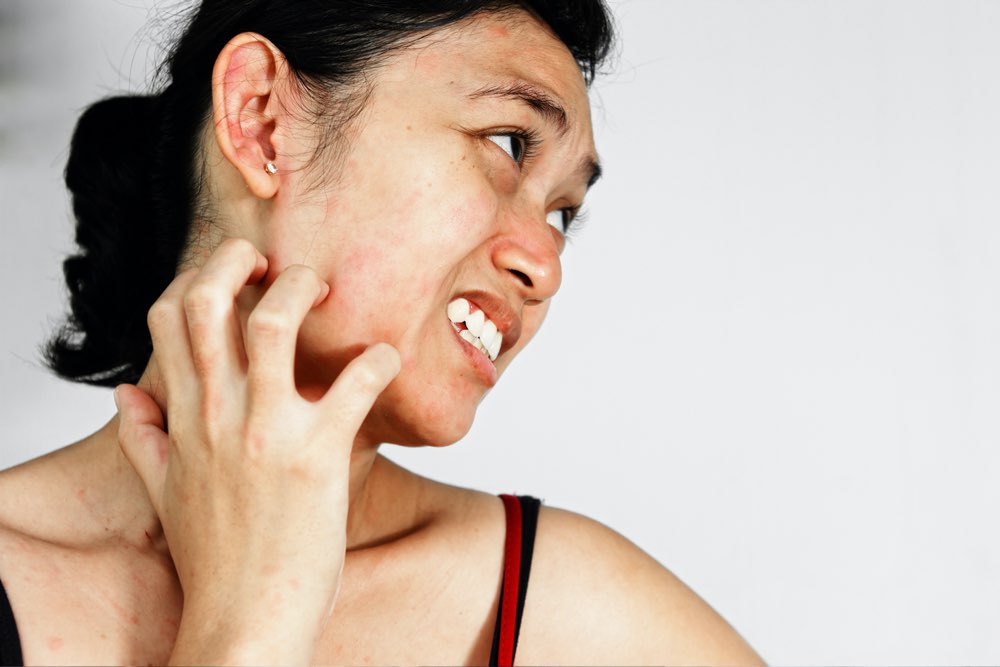
Understanding Nighttime Allergies: Symptoms, Causes, and Effective Management Strategies
Many individuals suffer from allergies that are not confined to a specific season but persist throughout the year, especially manifesting during nighttime hours. These allergies can significantly impair quality of sleep, leading to fatigue, irritability, and reduced daily functioning. Nighttime allergies often become more prominent after sunset, and their symptoms can be surprisingly disruptive to rest. Understanding the common signs, triggers, and management techniques is crucial for those affected. In this comprehensive guide, we delve into the key symptoms associated with nocturnal allergies, identify frequent allergens responsible, and provide practical strategies to alleviate symptoms and improve sleep quality.
Recognizing the Symptoms of Nocturnal Allergies
Night allergies can be tricky to detect because their symptoms often mimic those of common colds or other respiratory issues. However, being aware of certain hallmark signs can help distinguish allergy-related problems from other health issues. Here, we explore the prevalent symptoms that indicate nighttime allergies and how they manifest during the night.
Common Indicators of Nocturnal Allergies
Individuals experiencing nighttime allergic reactions often report a variety of symptoms that tend to worsen in the evening and during the night. These include:
Runny or Congested Nose
One of the most frequent signs is nasal congestion or a persistent runny nose. Allergic reactions prompt your immune system to respond to specific allergens, resulting in increased mucus production, nasal swelling, and itchiness around the eyes and roof of the mouth. This can lead to frequent nose blowing, difficulty breathing through the nose, and disrupted sleep due to discomfort.
Sinus Inflammation
Allergic reactions often cause swelling and inflammation of the sinus linings, a condition known as sinusitis. This leads to intense headaches, a sore throat, wheezing, persistent coughing, and nasal discharge. The swelling can also cause a feeling of fullness or pressure in the face, making it harder to breathe comfortably during sleep.
Sneezing
When allergens such as dust mites, pollen, or pet dander enter your nasal passages, your body responds with sneezing or coughing to expel the irritants. Frequent sneezing episodes, especially during the night, are common in allergy sufferers and contribute to sleep disturbances.
Itchy Skin and Eyes
Allergic responses can provoke itching in the eyes, face, and skin, similar to eczema. Patients may notice dryness, redness, or even small blisters, which cause persistent discomfort and scratching, further aggravating skin irritation.
Common Allergens That Trigger Nighttime Allergies and Practical Management Tips
Dust Mites
These microscopic creatures thrive in warm, humid environments and feed on dead skin cells shed by humans. They are commonly found in bedding, mattresses, carpets, soft furnishings, and upholstery. Dust mites are invisible to the naked eye but can trigger severe allergic reactions, especially during sleep when exposure is prolonged.
Effective Strategies: Regularly dust and vacuum your living spaces, wash bedding, pillowcases, and stuffed animals in hot water (at least 130°F or 54°C), and replace or clean air filters frequently. Using hypoallergenic mattress and pillow encasements can also significantly reduce dust mite exposure.
Pollen
Pollen levels fluctuate seasonally but can be a year-round issue in certain areas with high pollen counts. Pollen particles can cling to clothes, hair, and belongings, entering indoor spaces and exacerbating allergy symptoms at night.
Effective Strategies: Shower and change clothes after outdoor activities, keep windows and doors closed during high pollen seasons, and use air conditioning with a clean filter. Monitoring local pollen forecasts helps plan outdoor activities to minimize exposure.
Pet Dander
Furry animals shed skin flakes, saliva, and fur, all of which can trigger allergic reactions even in homes without pets. Allergens can linger on furniture, carpets, and bedding, leading to nighttime symptoms.
Effective Strategies: Regularly clean your home, vacuum frequently with HEPA filters, and designate pet-free zones, especially bedrooms. Consider allergy testing prior to adopting a pet to understand sensitivities better. Washing pet bedding and grooming pets regularly can also reduce allergen levels.
In conclusion, managing nighttime allergies involves a combination of identifying triggers, maintaining a clean environment, and employing strategic changes to daily routines. Consulting an allergist or healthcare professional can provide personalized treatment plans, including medications or allergy immunotherapy if necessary. Recognizing early symptoms and taking proactive steps can significantly improve sleep quality, reduce daytime fatigue, and enhance overall well-being.
